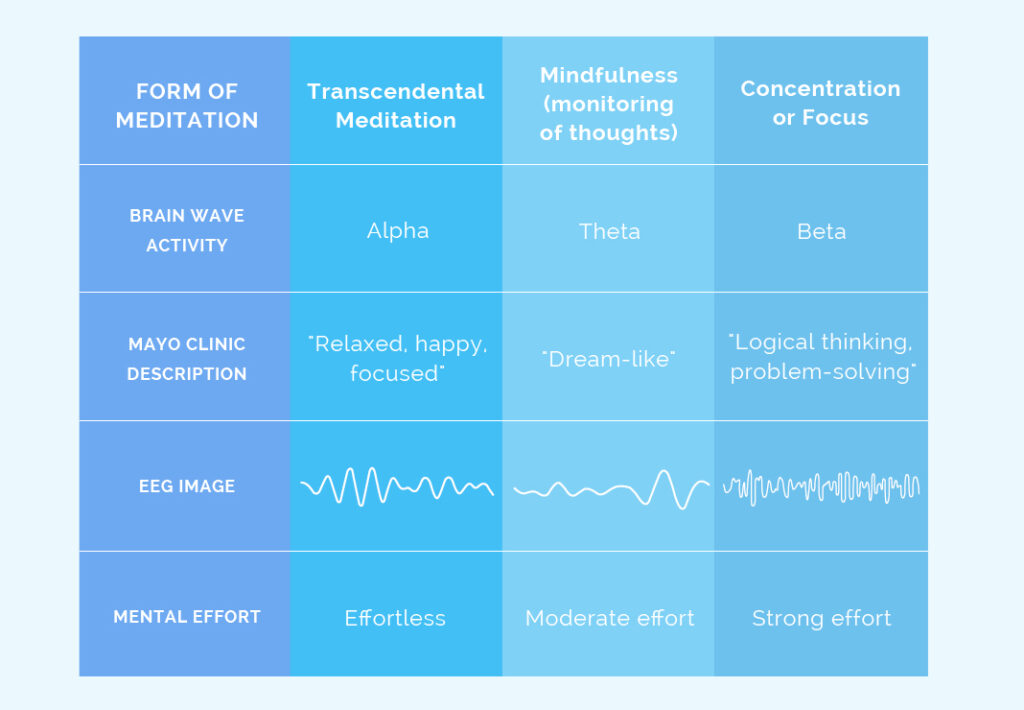In a world buzzing with deadlines, distractions, and digital overload, it’s no wonder ancient practices like Vedic meditation are experiencing a modern resurgence. Rooted in the rich spiritual traditions of India, Vedic meditation offers a pathway to mental clarity, emotional resilience, and deep inner peace.
One of the most widely practiced forms of Vedic meditation today? Transcendental Meditation—a simple yet profoundly effective technique that’s captured the attention of millions worldwide.
Whether you’re just dipping your toes into mindfulness or seeking to elevate your meditation game, understanding Vedic meditation (especially TM) might just be your next best step toward lasting calm.
What Is Vedic Meditation?
At its core, Vedic meditation is a technique derived from the ancient Vedas—some of the oldest spiritual texts known to humanity. Unlike mindfulness practices that require focused attention or breath control, Vedic meditation is effortless. It’s about letting the mind settle inward, naturally and spontaneously, without forcing anything.
This style of meditation uses a mantra, a soothing sound or word, silently repeated to help the mind transcend thought and enter a state of deep rest.
Transcendental Meditation: The Most Popular Form of Vedic Meditation
What Makes TM Unique?
Transcendental Meditation (TM) was introduced to the Western world by Maharishi Mahesh Yogi in the 1950s. It quickly gained traction—not just among spiritual seekers, but also celebrities, CEOs, and even scientists curious about its benefits.
TM follows the principles of Vedic meditation but in a more structured and standardized way. Practitioners learn a personalized mantra from a certified teacher and are guided through a precise, time-tested technique.
- Duration: Typically practiced 20 minutes, twice a day.
- Effort level: None. TM encourages a completely natural process, free of concentration or contemplation.
- Accessibility: No belief system required. You don’t need to “clear your mind” or become a monk.
Scientifically Backed Benefits of Vedic and Transcendental Meditation
One of the reasons TM stands out in the world of meditation is the sheer volume of scientific research backing it. Over 600 studies have explored its benefits, making it one of the most researched meditation techniques globally.
Here’s what the science says:
- 🧠 Reduced stress and anxiety: Regular practice lowers cortisol (the stress hormone), promoting emotional balance.
- 💓 Improved cardiovascular health: TM has been shown to reduce blood pressure and support heart health.
- 💤 Better sleep: Entering a deep state of rest twice a day helps improve sleep quality and reduce insomnia.
- 🧘♀️ Increased creativity and focus: Many practitioners report enhanced clarity, productivity, and creative thinking.
- 🌱 Inner growth: TM supports personal development, emotional healing, and spiritual expansion.

How Does Vedic Meditation Compare to Other Techniques?
Unlike mindfulness meditation, which focuses on awareness and staying present, Vedic meditation (and TM) involves a process of going beyond—transcending thought. That’s the magic.
- Mindfulness = Observe thoughts non-judgmentally.
- Vedic meditation = Move effortlessly beyond thoughts.
This transcendence is what many practitioners describe as a state of pure consciousness—a deep sense of stillness and inner awakening.
Learning Transcendental Meditation: What to Expect
If you’re curious about practicing TM, here’s how the journey typically begins:
- Introductory Talk: Attend a free session from a certified TM center to learn the basics.
- Personalized Instruction: Receive your unique mantra and learn the technique in a one-on-one session.
- Follow-Up Sessions: Over the next few days, you’ll refine your practice with expert guidance.
It’s a simple process, but its ripple effects can be life-changing.
Is Vedic Meditation Right for You?
Let’s be honest—life isn’t getting any less chaotic. But your mind doesn’t have to match the noise outside. Whether you’re chasing a calmer lifestyle, better mental health, or a deeper spiritual connection, Vedic meditation offers a practical and timeless solution.
Transcendental Meditation is especially ideal if you’re looking for a method that’s:
- Easy to learn
- Backed by science
- Free of dogma
- Deeply rejuvenating
The Ancient Key to Modern Peace through Vedic Meditation
In the fast-paced chaos of modern living, the gentle practice of Vedic meditation offers a return to self—an anchor in the storm. And with Transcendental Meditation, you don’t just quiet your mind—you reconnect with the stillness that’s been there all along.
So maybe the real question isn’t “Why should I meditate?” but rather, “Why wouldn’t I”.
Frequently Asked Questions about Vedic Meditation & Transcendental Meditation
What is the difference between Vedic meditation and Transcendental Meditation?
Both Vedic meditation and Transcendental Meditation (TM) are rooted in the ancient Vedic tradition of India and use mantra-based techniques. The key difference is structure: TM is a trademarked, standardized form of Vedic meditation taught by certified instructors, while “Vedic meditation” is a broader term that may be taught in various styles.
Do I need to believe in a religion to practice Vedic or Transcendental Meditation?
No, not at all. Both Vedic meditation and TM are completely non-religious. You don’t need to change your beliefs, lifestyle, or values. The practices are accessible to people of all backgrounds and belief systems.
How long does it take to learn Transcendental Meditation?
Learning TM typically takes four consecutive days of instruction. Each session lasts about 60–90 minutes, and the process includes personalized guidance and follow-ups to ensure you’re confident in your practice.
Is Vedic meditation hard to learn?
Not at all. In fact, one of the biggest draws of Vedic meditation is its effortless nature. You don’t need to focus, concentrate, or “try” to meditate. The technique is designed to feel natural—even for beginners.
How is the mantra chosen in Vedic or TM meditation?
In Transcendental Meditation, the mantra is a meaningless sound chosen by a teacher based on a specific tradition and tailored to the individual. This mantra helps the mind settle inward and enter a deep state of rest. In other forms of Vedic meditation, mantra selection may vary depending on the teacher or lineage.
Can Vedic meditation help with anxiety or sleep issues?
Yes! Numerous studies have shown that both Vedic and Transcendental Meditation reduce stress, calm the nervous system, and improve sleep quality. Many practitioners report fewer anxiety symptoms, deeper rest, and more emotional balance.
Do I need to sit in a certain position to practice?
No need to twist into a pretzel! You can practice Vedic meditation sitting comfortably in a chair, with your eyes closed and your body relaxed. There’s no strict posture or special environment required.
How soon will I feel the benefits of Vedic meditation?
Some people notice a difference after just a few sessions—like feeling more relaxed, sleeping better, or reacting less to stress. For others, the benefits unfold gradually over time. Like any meaningful practice, consistency is key.





















